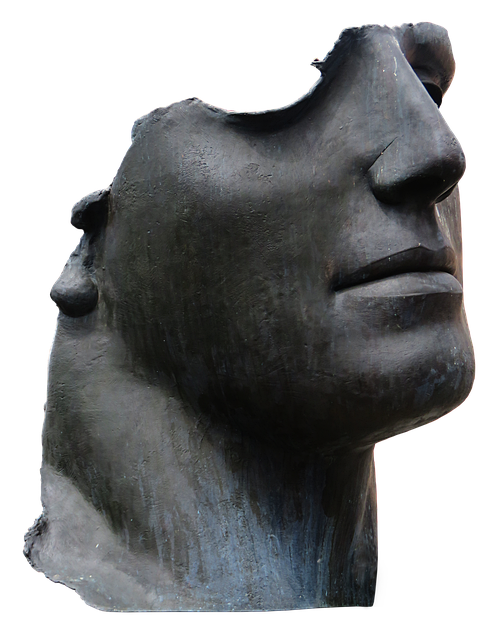# The Aesthetic Shift: How AI Art is Redefining Visual Culture and Challenging Traditional Norms
The art world is undergoing a profound transformation with the advent of artificial intelligence (AI). As algorithms and machine learning models become increasingly sophisticated, they are reshaping how art is created, experienced, and understood. This article delves into the ways AI art is redefining visual culture and challenging the traditional norms that have governed artistic expression for centuries.
## The Emergence of AI as a Creative Force
Initially, AI was perceived primarily as a tool for enhancing artistic processes. Artists began experimenting with algorithms to generate unique visual outputs, leading to a new genre known as AI art. These creations often blend human creativity with machine intelligence, resulting in works that are both innovative and thought-provoking. By utilizing neural networks, artists can input data sets that range from classical paintings to contemporary digital art, allowing the AI to learn and replicate styles, techniques, and even thematic elements.
In recent years, AI-generated art has gained significant traction, with platforms like DALL-E and Midjourney showcasing the potential of machine learning in producing visually stunning images. These tools empower artists to explore uncharted territories of creativity, encouraging them to push the boundaries of their own imagination. As a result, the line between human and machine-generated art is becoming increasingly blurred, leading to discussions about authorship and originality in the creative process.
## Challenging Traditional Notions of Authorship
Traditionally, the art world has been built upon the concept of the artist as a singular genius whose unique vision is expressed through their work. However, the rise of AI art challenges this notion by introducing a collaborative dynamic between human creators and machines. In this context, questions about authorship and ownership arise: Who is the true creator of an AI-generated artwork—the artist who programmed the algorithm, the machine that executed the process, or the dataset that informed the creation?
Exploring these questions has led to a broader discourse about the nature of creativity itself. Some argue that AI can never truly replicate the human experience, as it lacks consciousness and emotional depth. Others contend that the ability of AI to analyze vast amounts of data and generate art in response to it represents a new form of creativity, one that is not confined by the limitations of human experience. This ongoing debate is prompting artists, critics, and audiences alike to reconsider the very foundations of artistic expression and the value we assign to different forms of creativity.
## The Impact on Visual Culture and Aesthetic Standards
As AI art continues to gain popularity, its impact on visual culture is becoming increasingly evident. The democratization of art creation through AI tools allows individuals without formal artistic training to produce compelling visual works. This shift is fostering a more inclusive art community, where diverse voices and perspectives can emerge. Consequently, traditional aesthetic standards are being challenged, as the criteria for what constitutes “good” art evolve alongside technological advancements.
Moreover, the rapid proliferation of AI-generated art raises important questions about authenticity and the role of the artist in society. With the ability to create art at an unprecedented scale and speed, AI has the potential to saturate the market, leading to concerns about originality and the commodification of art. As audiences encounter a plethora of AI-generated works, they may begin to question the value of human-made art, prompting a reevaluation of what it means to create and appreciate art in a digital age.
In conclusion, the aesthetic shift brought about by AI art is reshaping visual culture and challenging traditional norms surrounding creativity, authorship, and aesthetic standards. As artists and technologists continue to collaborate, the boundaries of artistic expression will likely expand further, inviting new interpretations and experiences. The future of art in the age of AI is not merely about the technology itself but also about the profound implications it holds for our understanding of creativity and the human experience.

